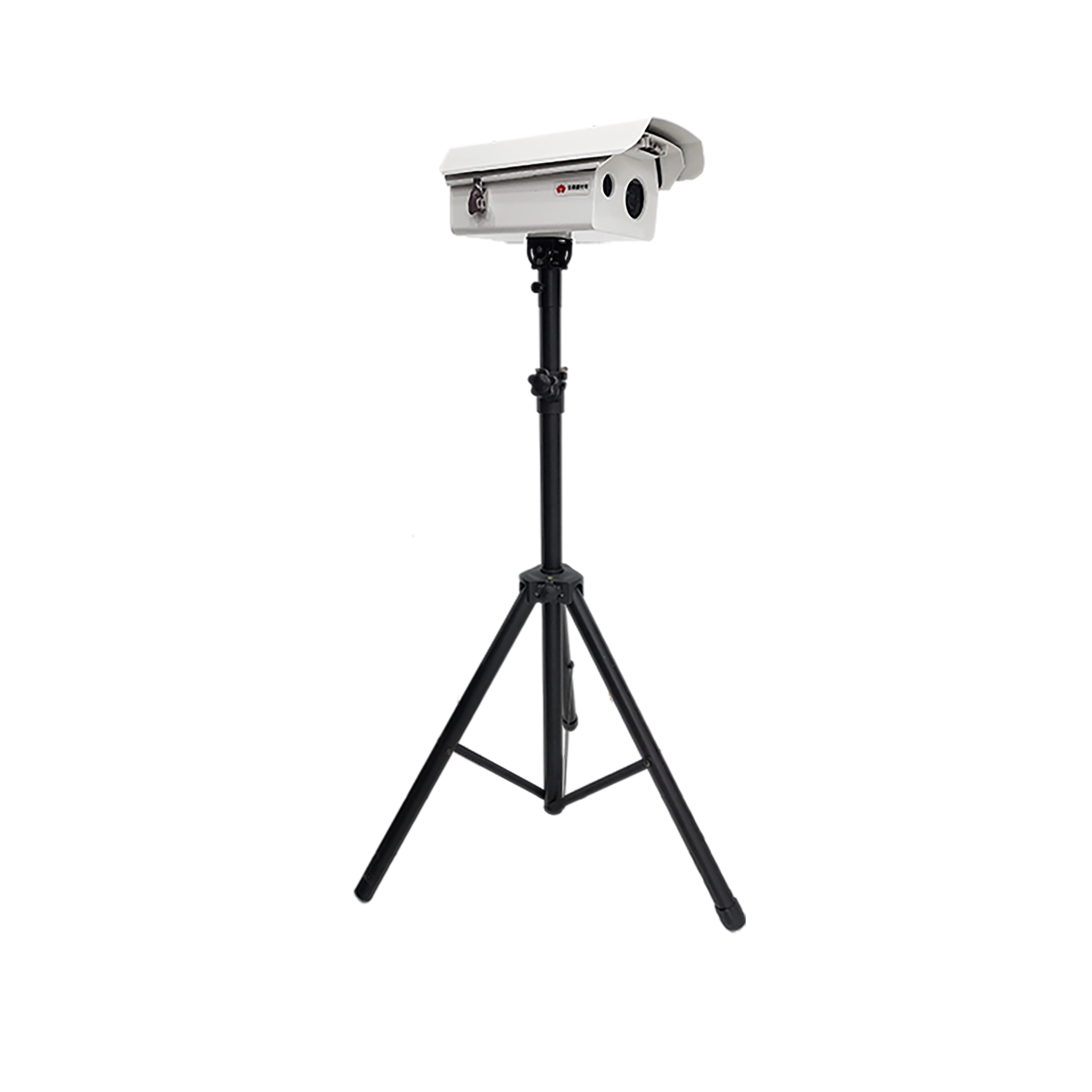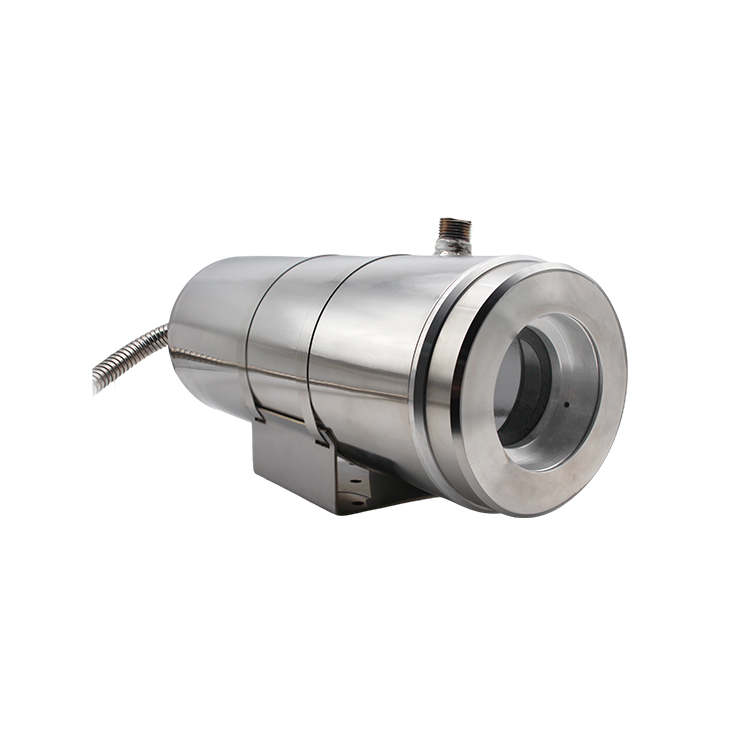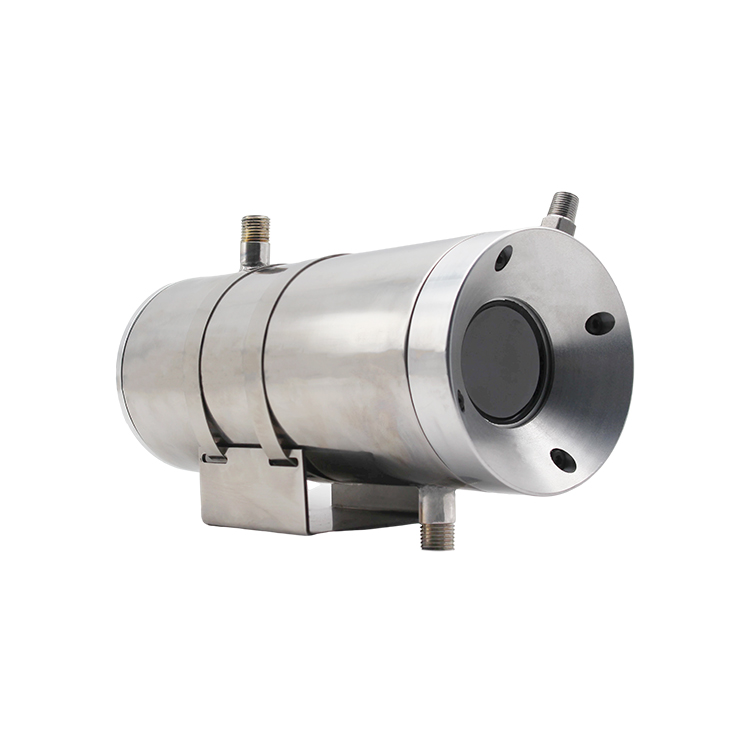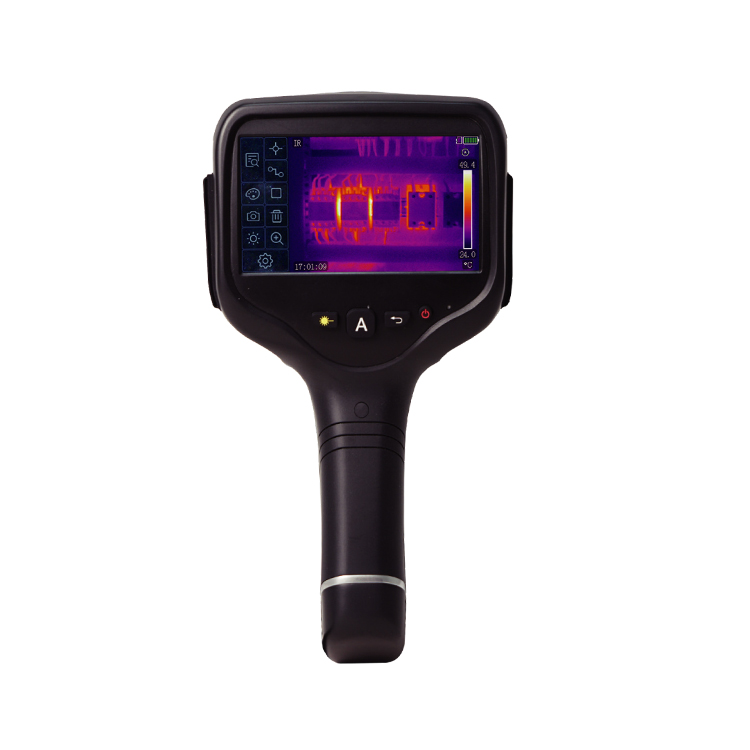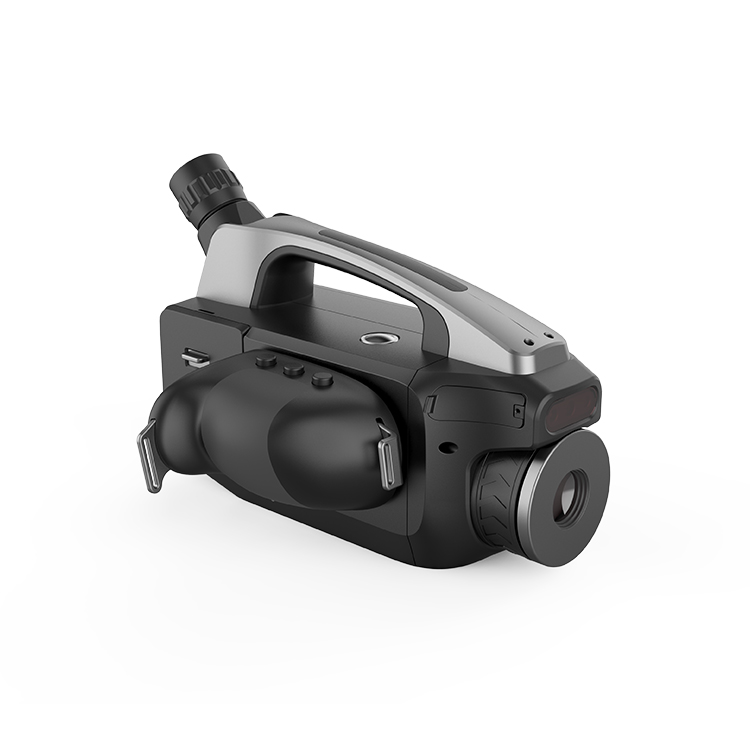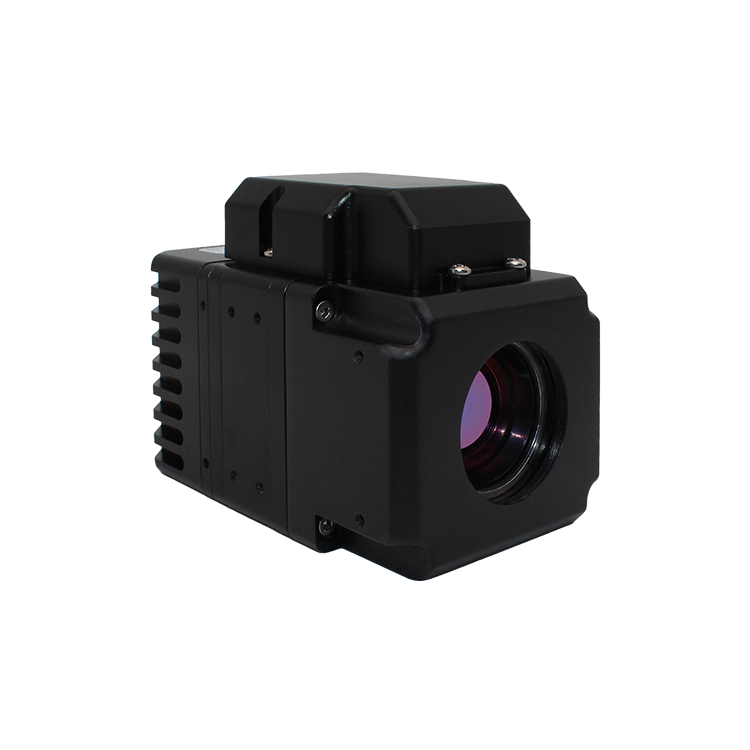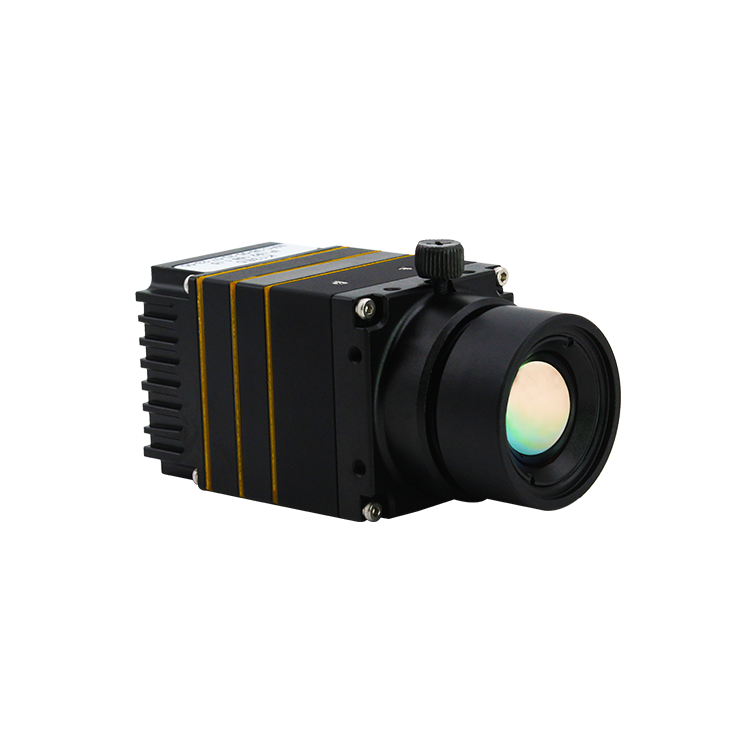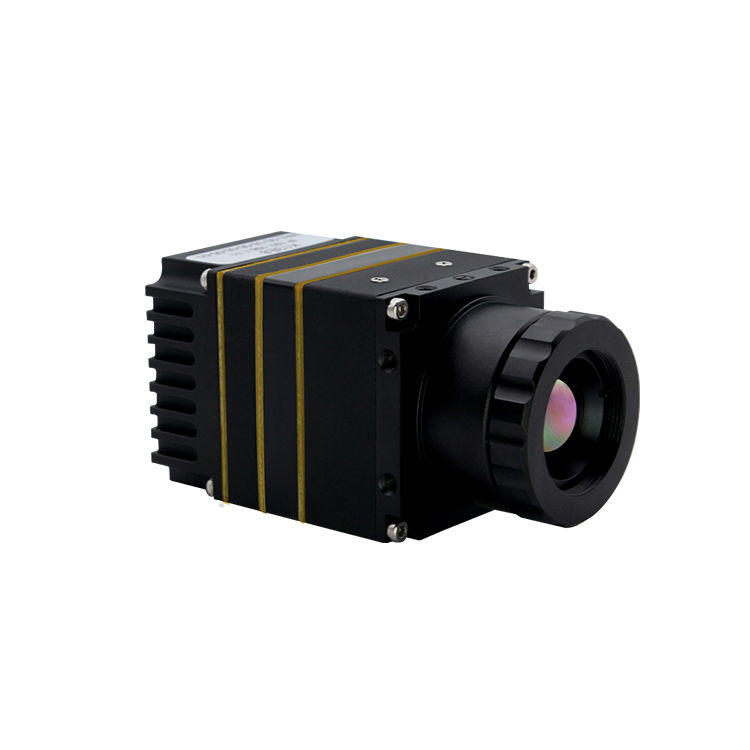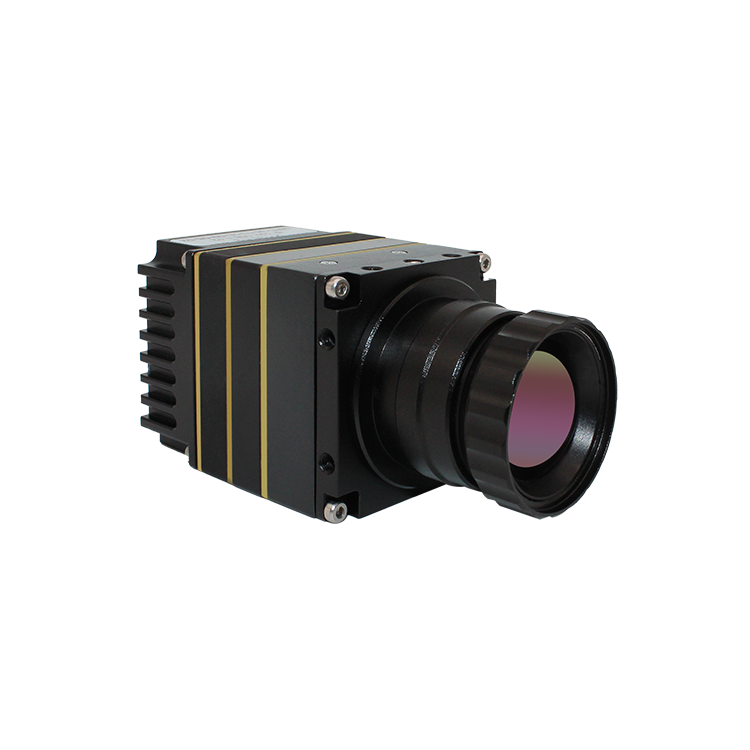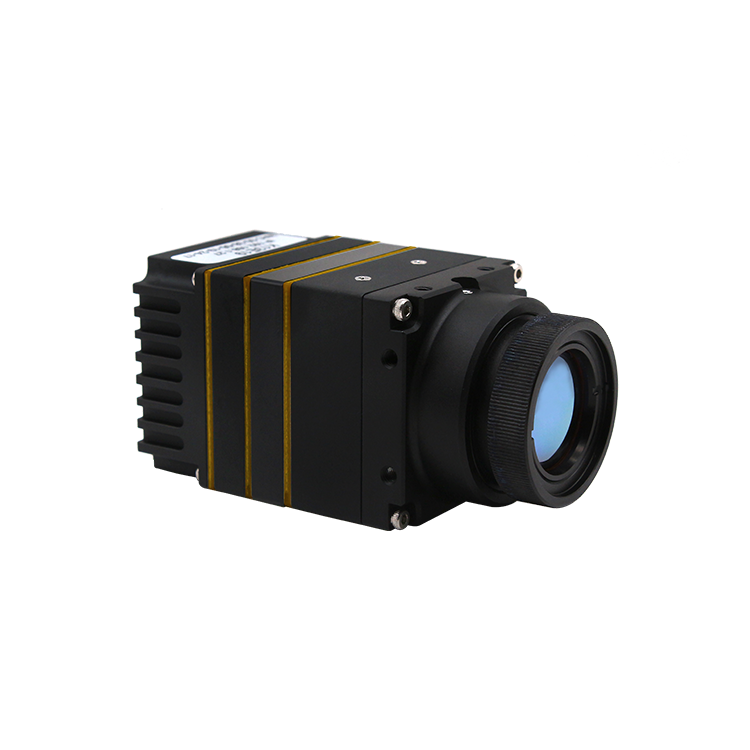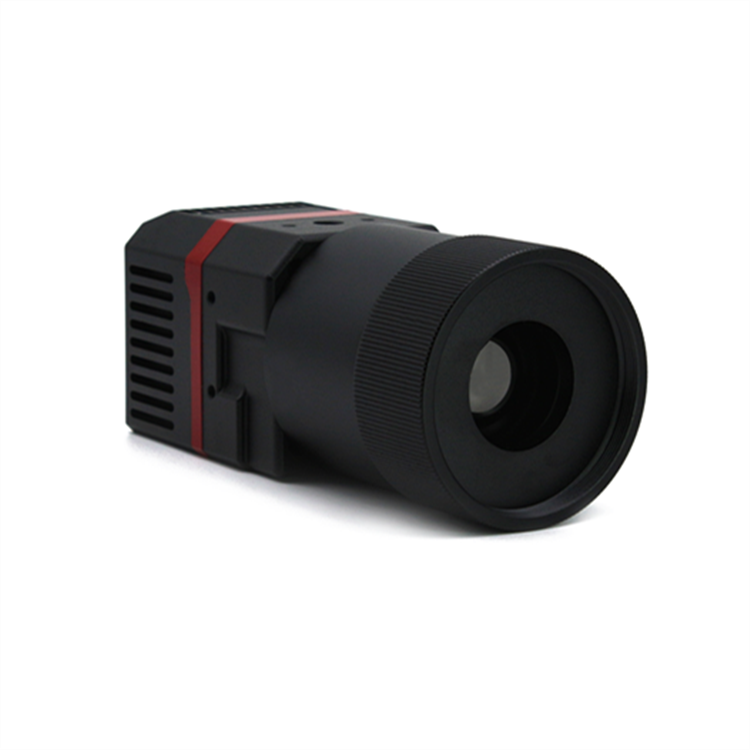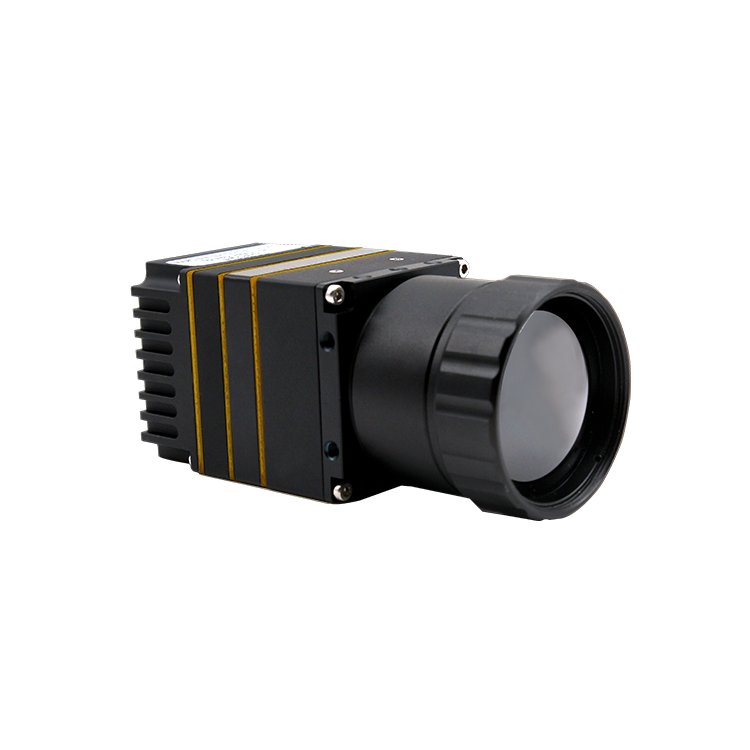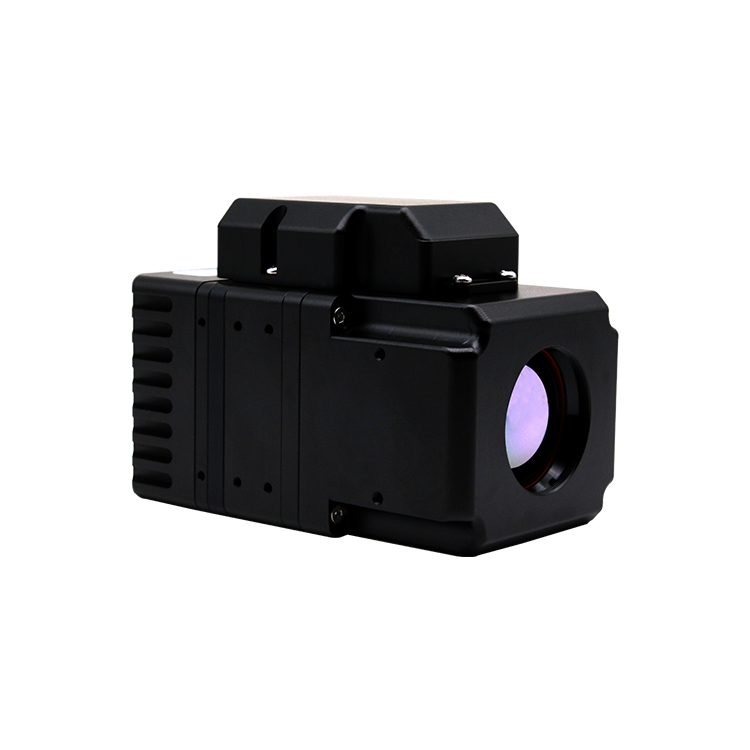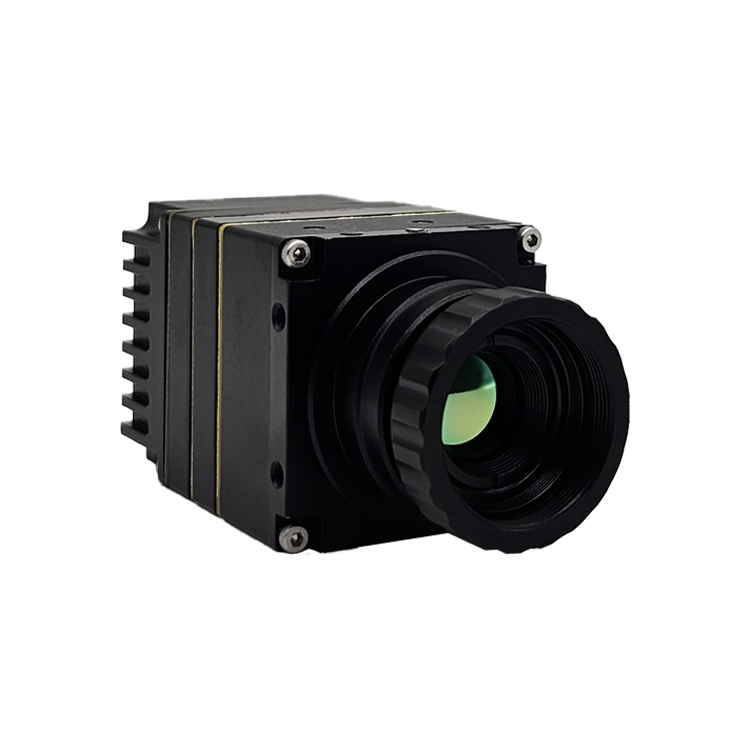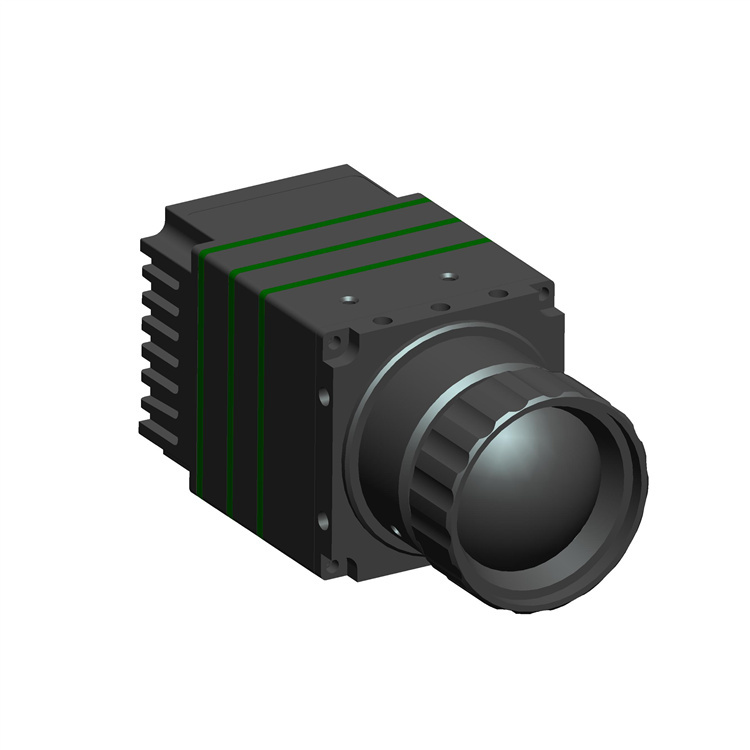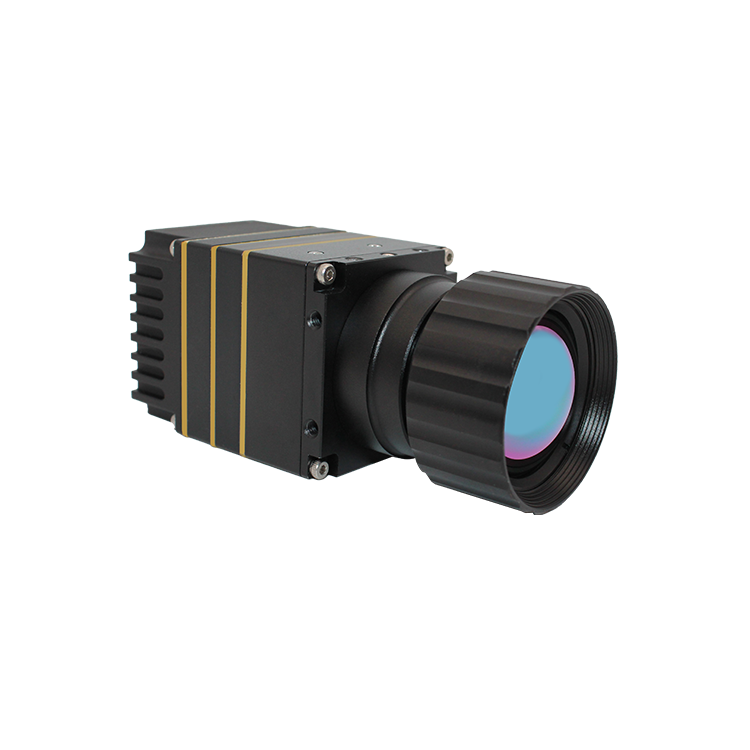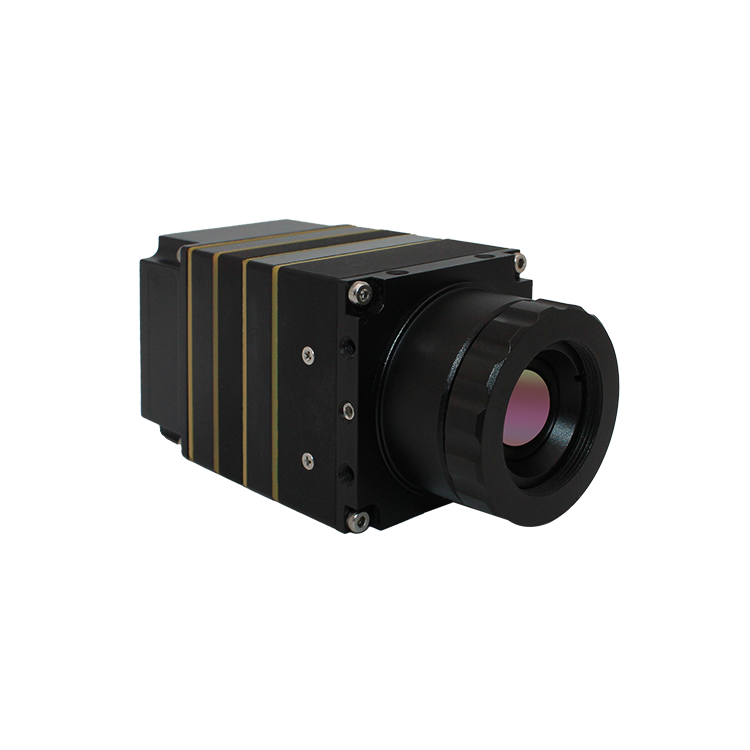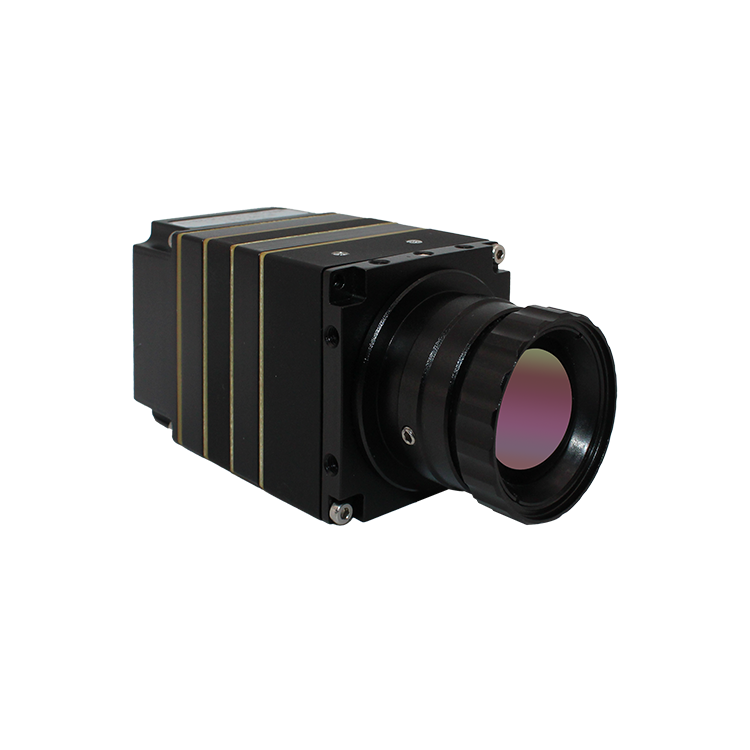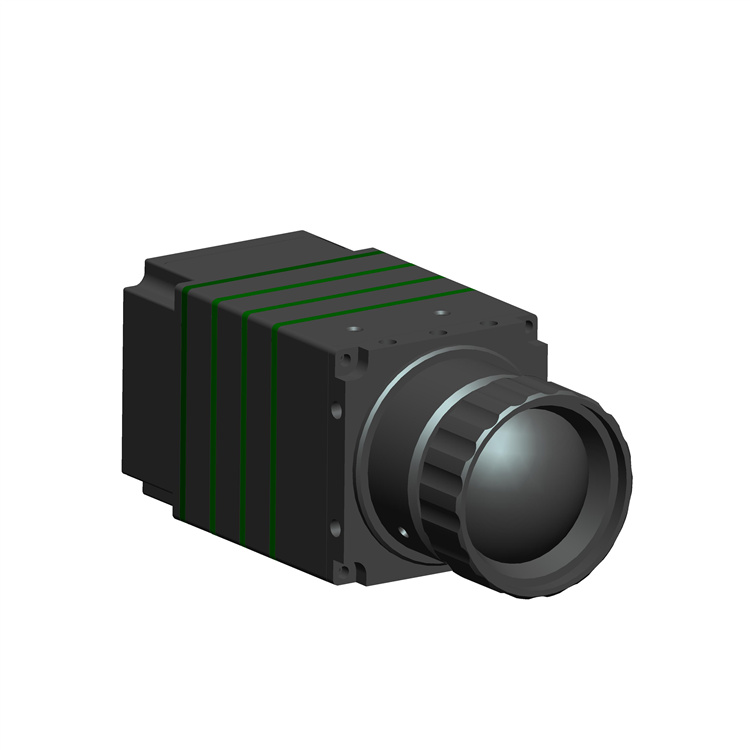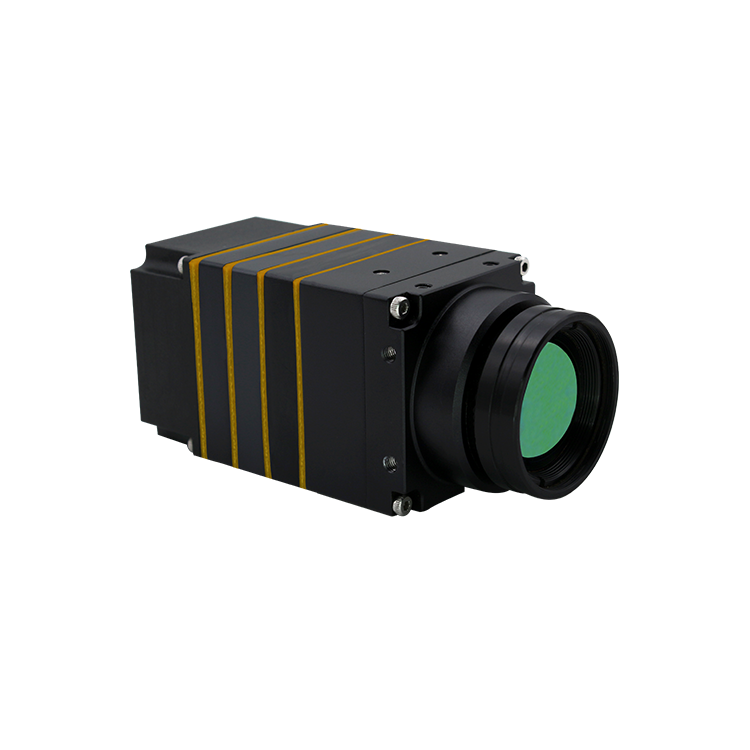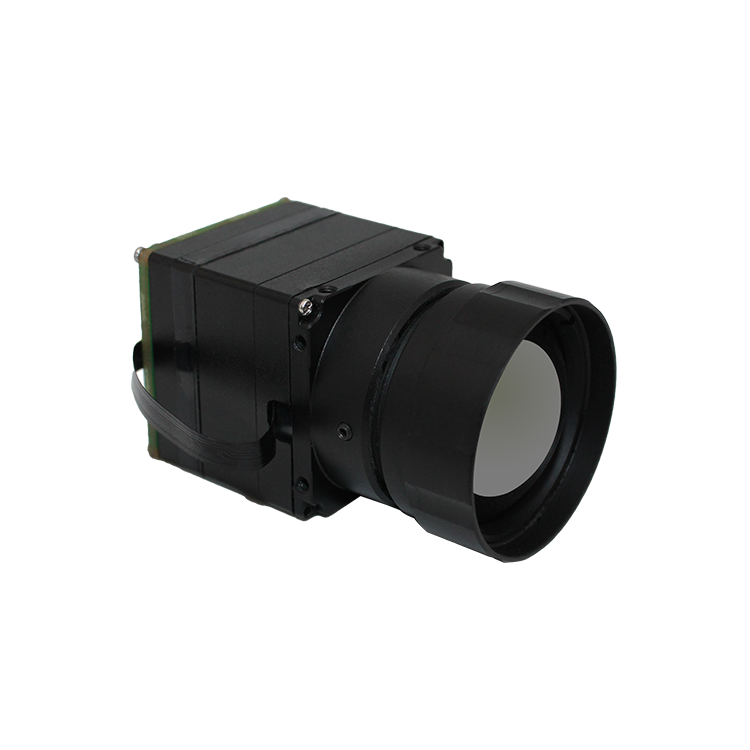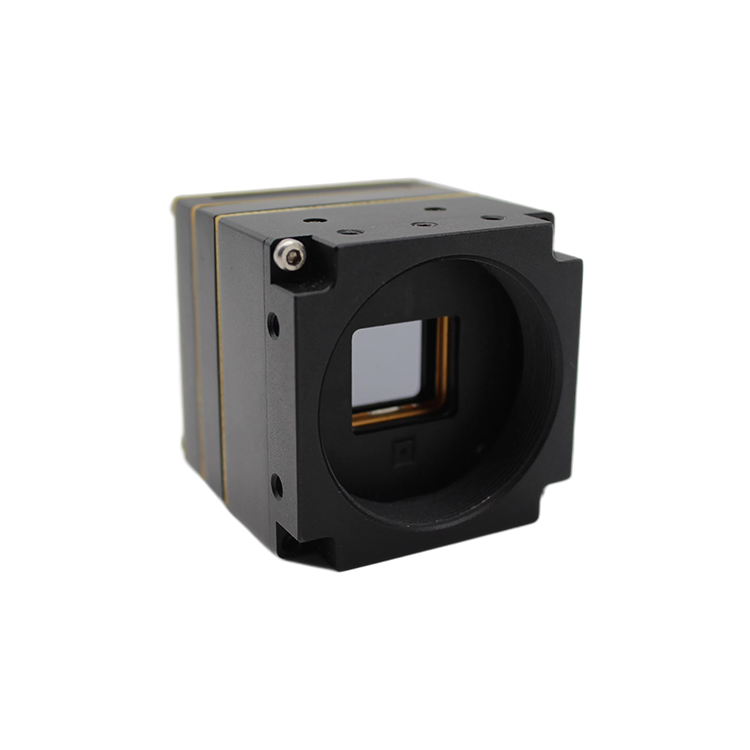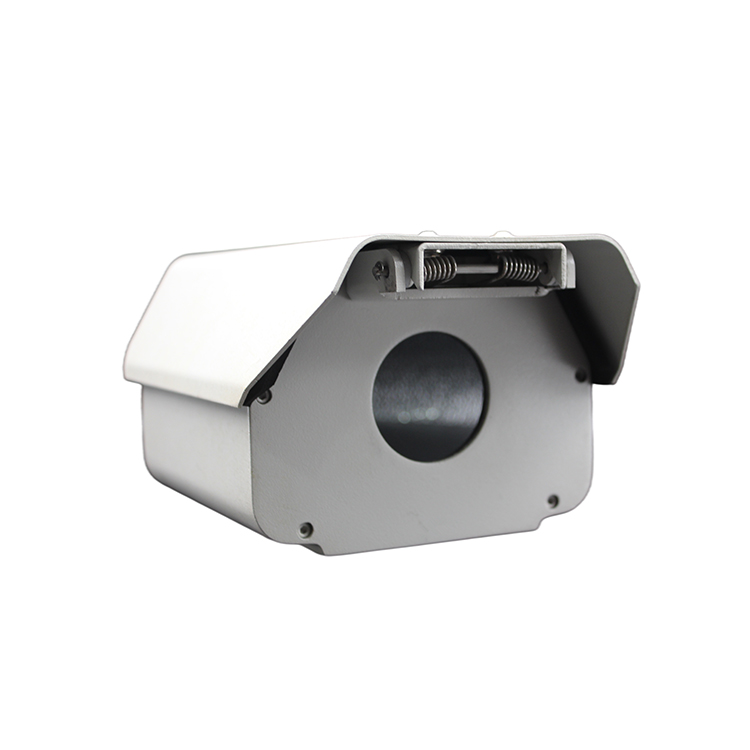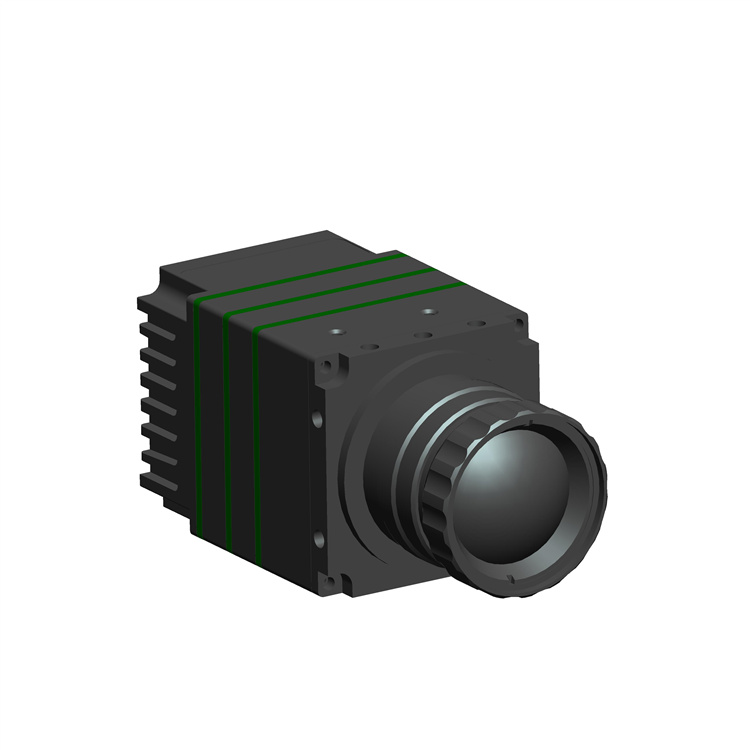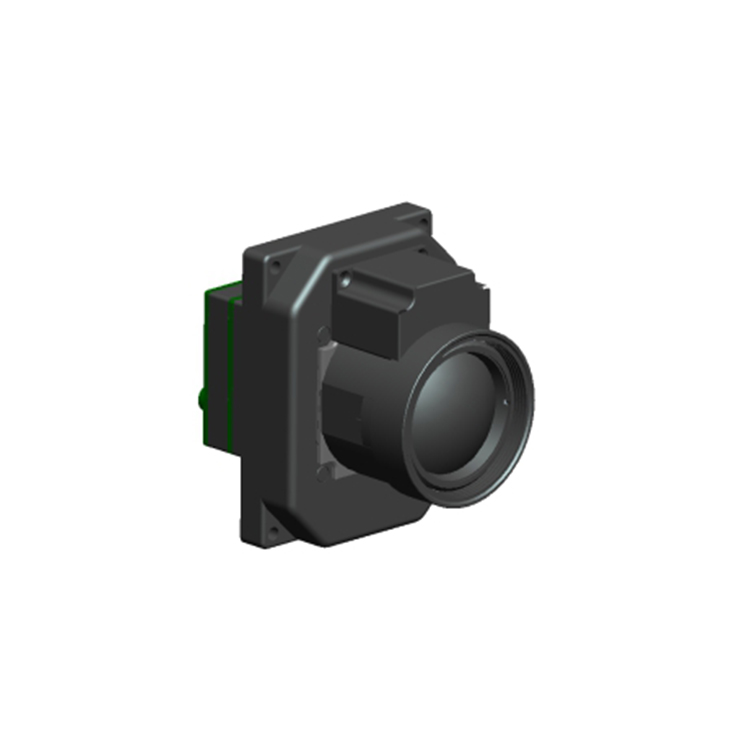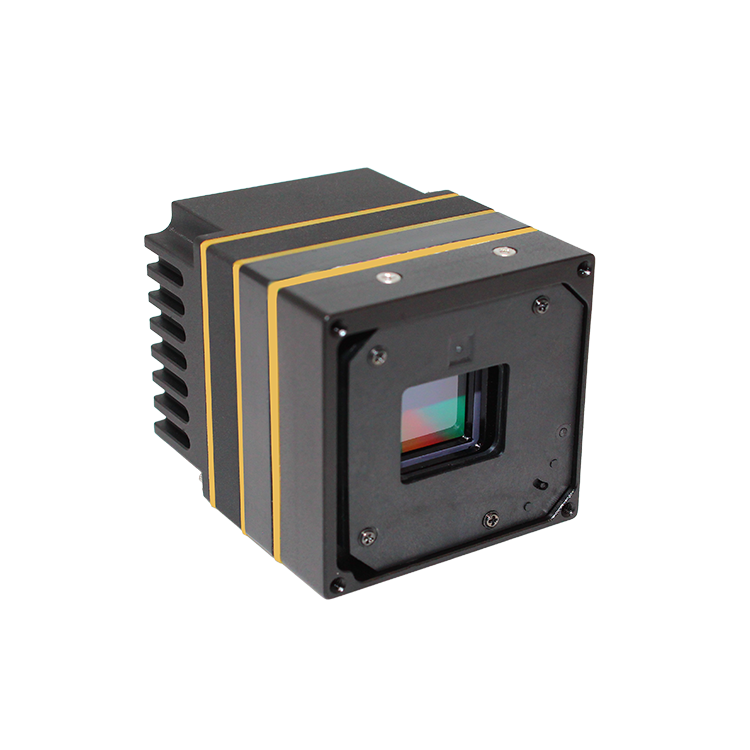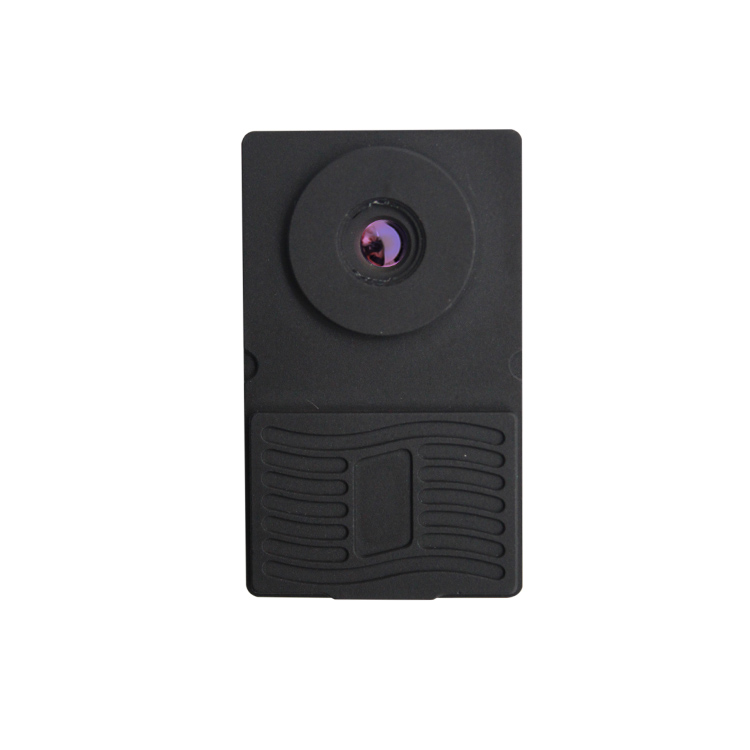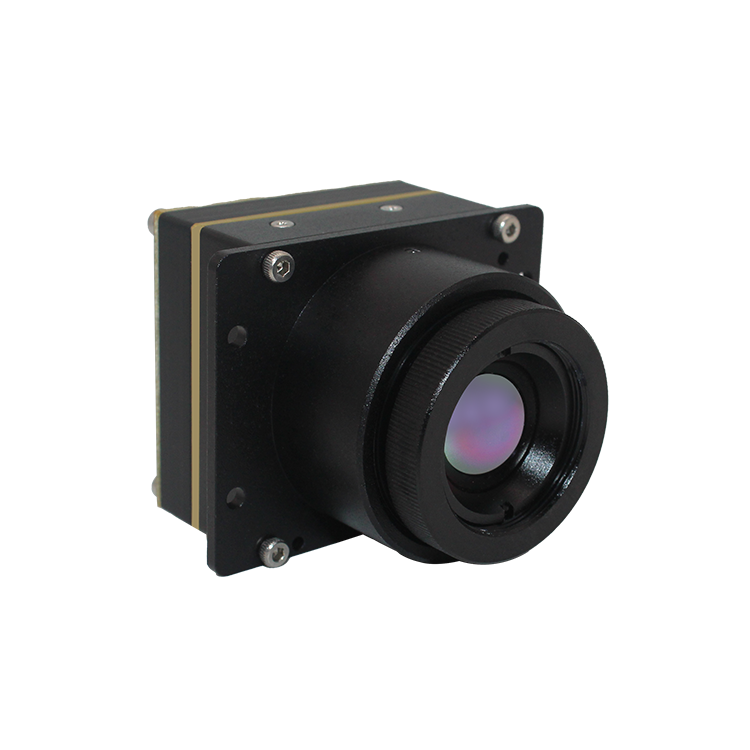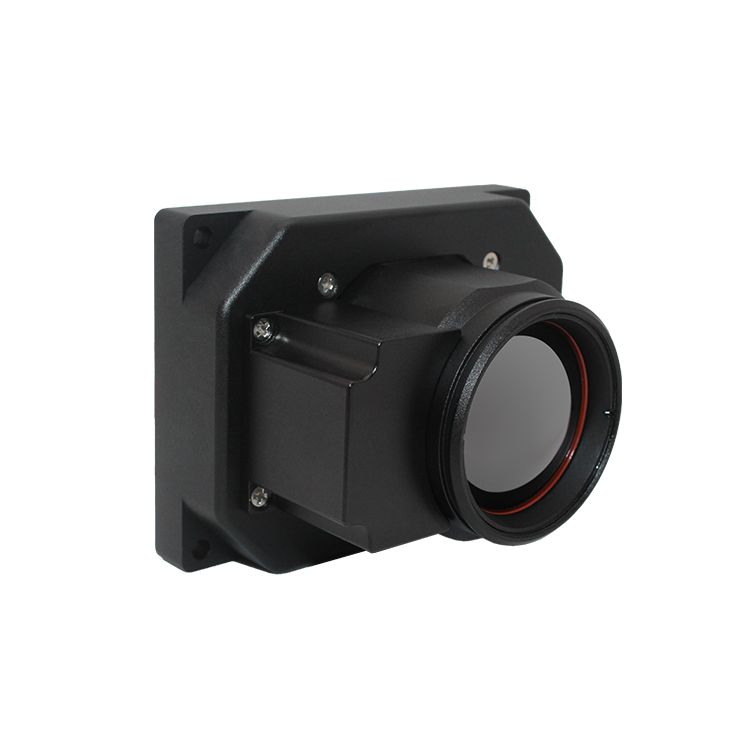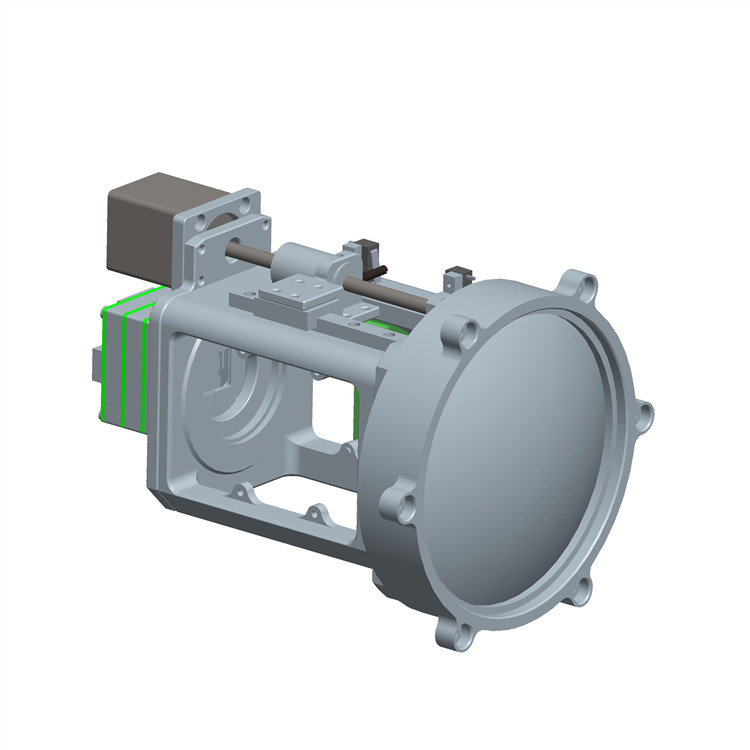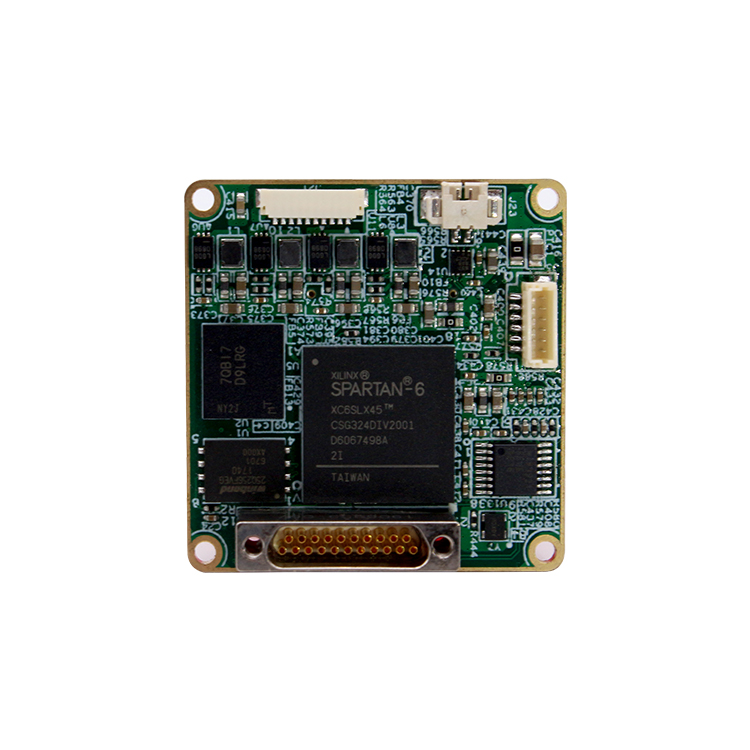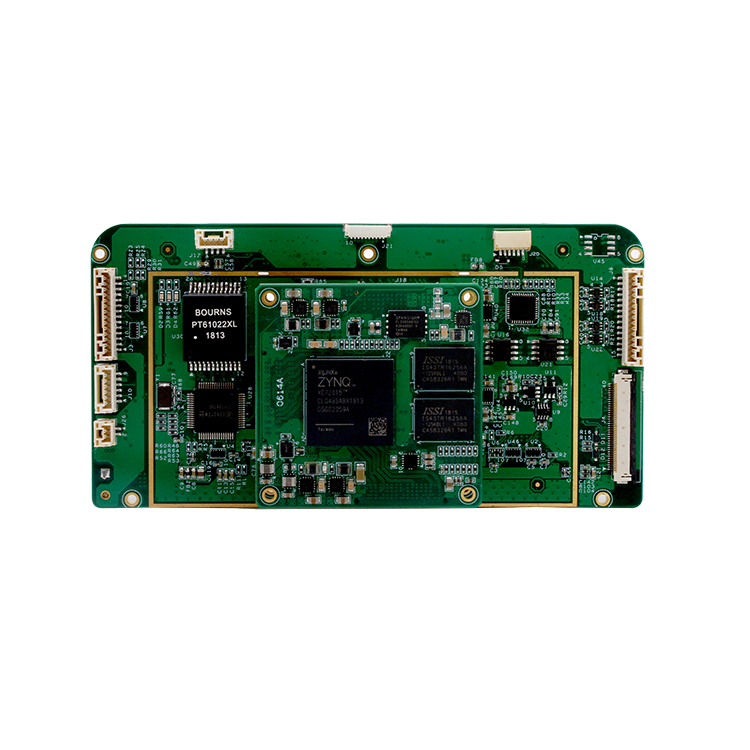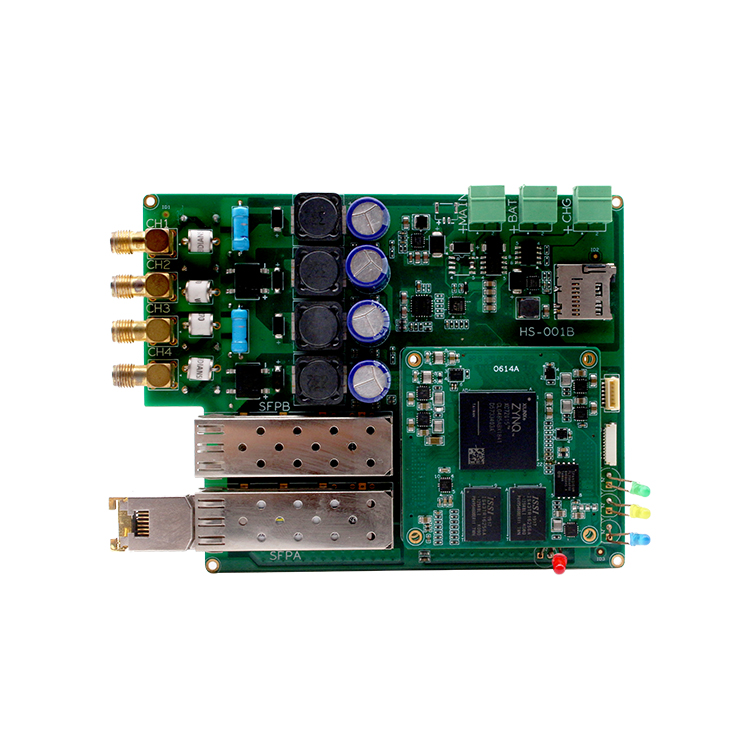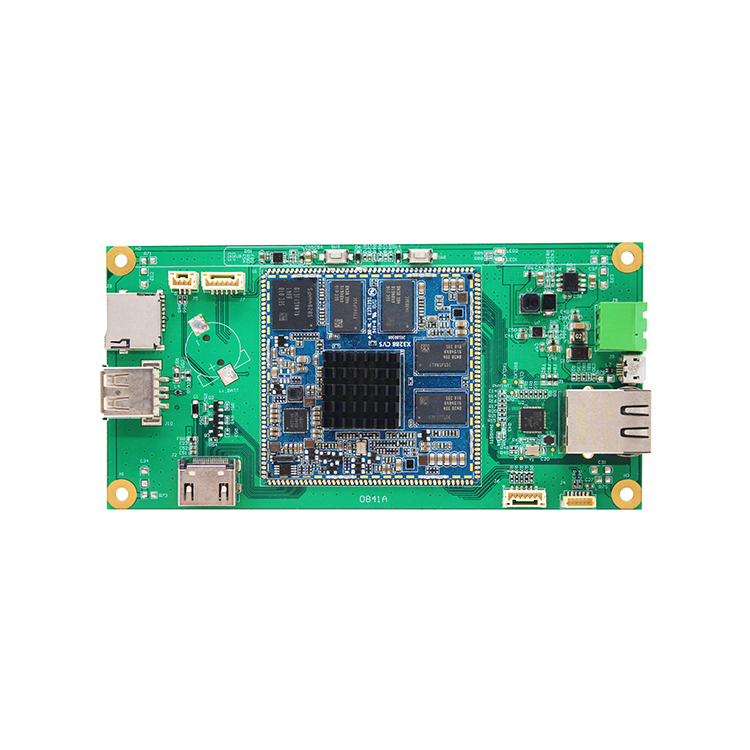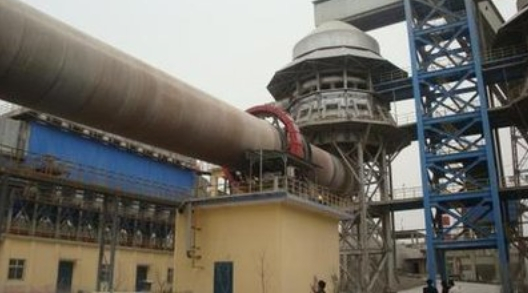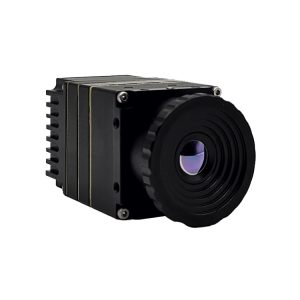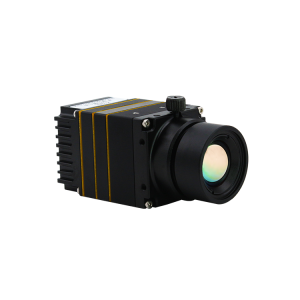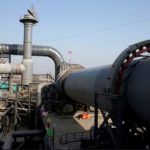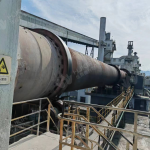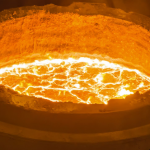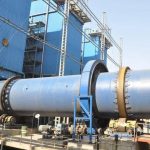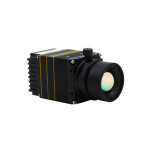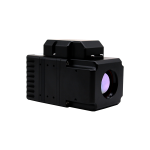The infrared monitoring system of the rotary kiln can solve the problems of not knowing the combustion of raw materials, the ring formation in the kiln and not finding the thinning and falling off of refractory materials in time through the cooperation monitoring inside and outside the kiln.
Current situation and demand analysis of rotary kiln
As the core facility in the cement production process, the combustion temperature in the kiln and the outer wall temperature of the barrel are very important to the product quality and production safety. Through on-site investigation and communication, the existing risks are as follows:
- The firing temperature in the rotary kiln directly affects whether the reaction is complete and effective. The reaction temperature is too low, the clinker quality is poor, the rotary kiln is forced to slow down, and the unit heat consumption increases.
- The firing temperature of dense rotary kiln is too high, which is easy to burn out the kiln lining materials and affect the long-term safe operation of the kiln.
- Because the clinker is easy to agglomerate, it is very easy to cause ring formation, and the ring is stacked at the tail, which affects the product quality, so that the kiln needs to be stopped for coke removal, which affects the reliability of equipment operation.
- The internal refractory materials gradually erode and fall off, and the steel plate will be directly exposed to the high temperature environment, softening and even melting corrosion, which will seriously threaten the production safety and cause unplanned kiln shutdown or accident.
- When the fuel is burned in the rotary kiln, due to the structural characteristics of the rotary kiln, it is impossible to take direct means to measure the internal temperature distribution, and it is impossible to judge the location of the combustion center and the internal temperature condition, which will cause insufficient combustion or excessive combustion.
In order to ensure the safe and efficient operation of the rotary kiln, an effective online temperature monitoring system is urgently needed for the areas inside and outside the rotary kiln, so as to improve the safety of the production process and the ability of risk early warning. The monitoring system shall meet the following requirements:
- Carry out non-contact temperature measurement, and comprehensively and accurately monitor the temperature at the kiln head and outside the kiln, so that the normal operation of the kiln will not be affected during the operation of the equipment.
- High stability and applicability: the monitoring equipment in the kiln can work stably under high temperature conditions, and the temperature measurement range covers the normal and abnormal temperatures in the kiln. The monitoring equipment outside the kiln can monitor the whole rotary kiln barrel;
- Risk warning and high temperature alarm: it can realize rapid alarm for high-temperature objects;
- Data storage: it can trigger video storage in the whole process or alarm, and can query and playback previous historical images;
- The power supply ensures the uninterrupted power supply of the system in an all-weather environment.

Characteristics of infrared monitoring system for rotary kiln
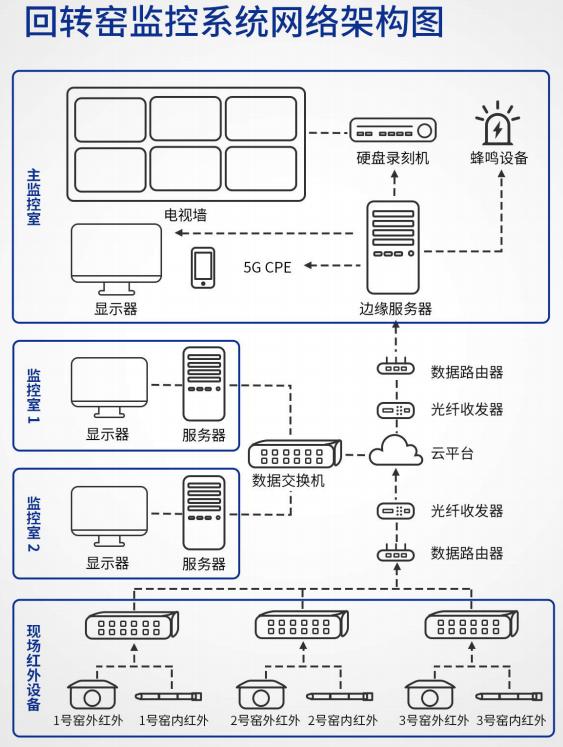
1. High performance infrared thermal imager
For the high temperature environment in the kiln, the temperature measurement range of the thermal imager is up to 1600 ℃; The thermal imager outside the kiln has large field angle and wide coverage, which meets the needs of cylinder monitoring
2. Collect temperature flow around the clock
The collected full radiation infrared image stream is connected to the central control room all day, and the temperature distribution, the highest temperature, the lowest temperature and the average temperature in each area of the rotary kiln are checked in the real-time picture
3. Five abnormal temperature alarms
You can customize the alarms of overtemperature, high temperature range, temperature, temperature range and outside the temperature range. Five types of alarms are pushed by wechat or SMS, and the alarms are timely sent to the relevant person in charge for action
4. Draw the temperature change curve in real time
Draw the temperature change curve of the rotary kiln in real time, and display the trend diagram of the highest temperature change at each position of the cross section and longitudinal section of the outer wall, so as to provide a reference for analyzing the position and state of internal coking or refractory mud falling off
5. Record the temperature distribution of kiln wall tiling
The system can record the temperature distribution after the expansion of the outer surface of the kiln wall every week, and display the maximum and minimum temperature values in different areas in this week
6. The rotary kiln distance identification point can be set
Different distance identification points of the rotary kiln can be set in the picture to indicate the actual position of the area on the rotary kiln, so that the observer can better identify the abnormal temperature points
7. Automatically generate the highest temperature curve
Automatically generate the highest temperature change curve of the region 'to guide the adjustment of the position of the combustion Center
8. User permissions can be set
In order to facilitate user management, the system can set the permissions of different personnel
9. Automatic reconnection after failure
System self inspection, automatic reconnection after failure, support remote fault handling, and ensure stable and reliable operation of the system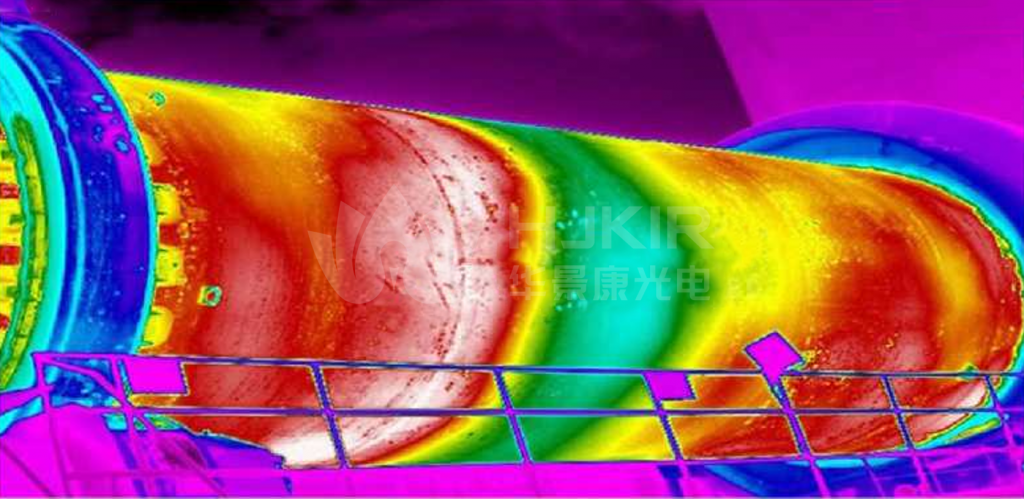
Inner wall monitoring function
Video display is mainly used, including burner flame shape monitoring, regional temperature extreme value display, pellet movement track monitoring in the kiln, ring position and shape display, and corrosion resistance display. The temperature at any point in the picture can be obtained through the mouse, and the monitoring video can also be recorded.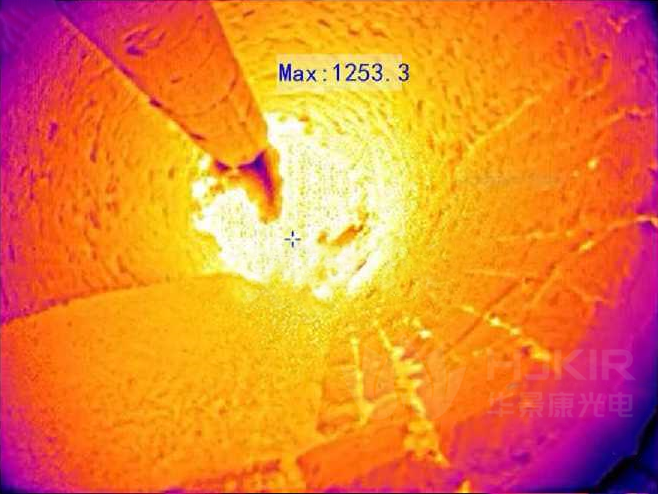
Outer wall monitoring function
The monitoring function of the outer wall of the rotary kiln includes the distance marking function of the outer wall of the rotary kiln, the temperature of any point in the picture can be obtained through the mouse, and the monitoring video can also be recorded.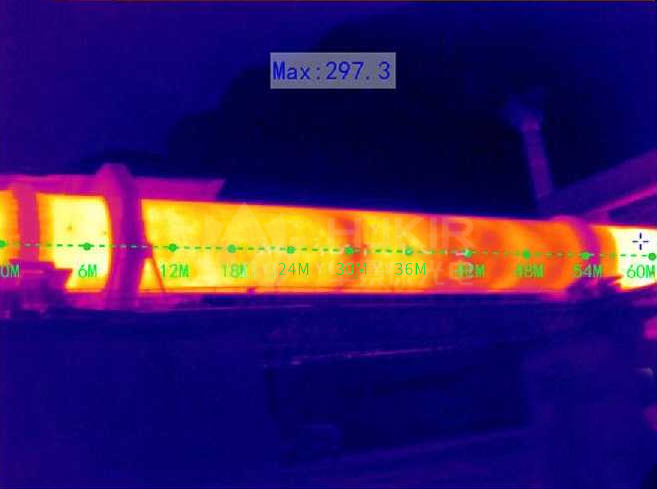
Outer wall data analysis function
In order to facilitate users to have an intuitive understanding of the temperature of the whole kiln barrel, huajingkang has exclusively developed the all-weather three-dimensional continuous monitoring technology of the outer wall temperature of the rotary kiln.
The infrared continuous three-dimensional measurement technology of the surface temperature of the outer wall of the rotary kiln combines the positioning technology of the temperature measuring point of the kiln body, the system temperature compensation technology and the infrared thermal imager 'to display the temperature distribution of the kiln body in real time during the operation of the rotary kiln, so as to realize the all-weather three-dimensional continuous monitoring of the rotary kiln, directly display the temperature information in the axial and circumferential directions during the operation of the kiln body, and display the specific temperature value at any position of the outer wall of the kiln at the same time. The temperature distribution cloud map of the outer wall of the kiln unfolds the surface of the kiln body, which can display the temperature distribution of the outer wall in real time when the kiln body rotates for one cycle. The system can take out the maximum and minimum values of the temperature in the axial and circumferential directions of the kiln body for separate display, and display the temperature extreme value in the circumferential direction at the specific position of each meter. In the software, the temperature of the kiln barrel can be displayed from the cross section and longitudinal section, and the on-site operators can judge the position of the high temperature zone, the position of the formation of the ring and the position of the falling off of the refractory in the kiln, so as to provide a visual reference for the on-site production.
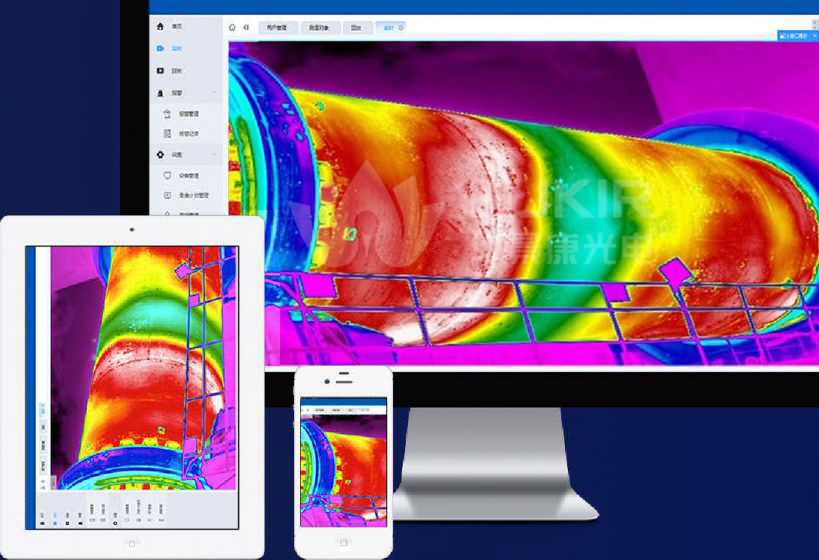
 HJKIR HomePage
HJKIR HomePage.jpg)
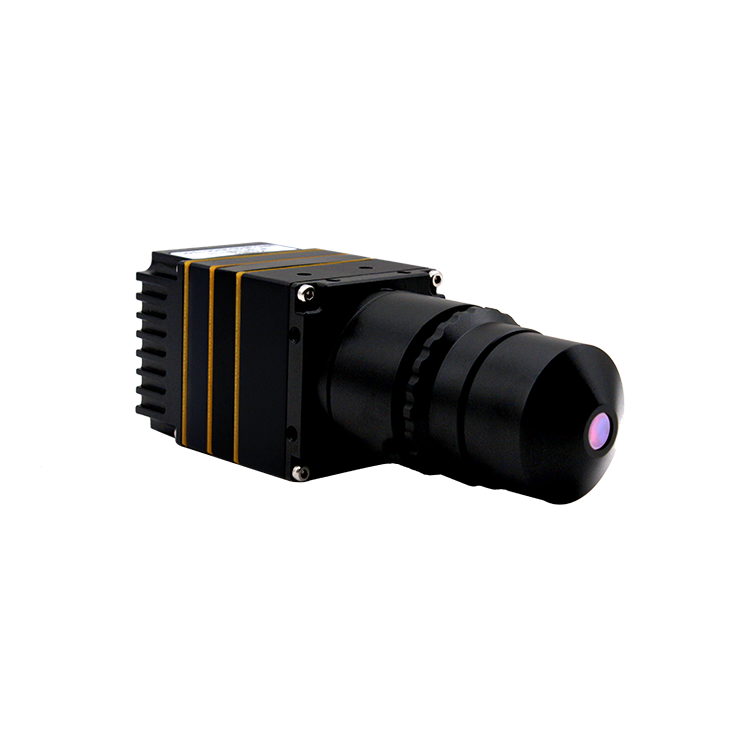

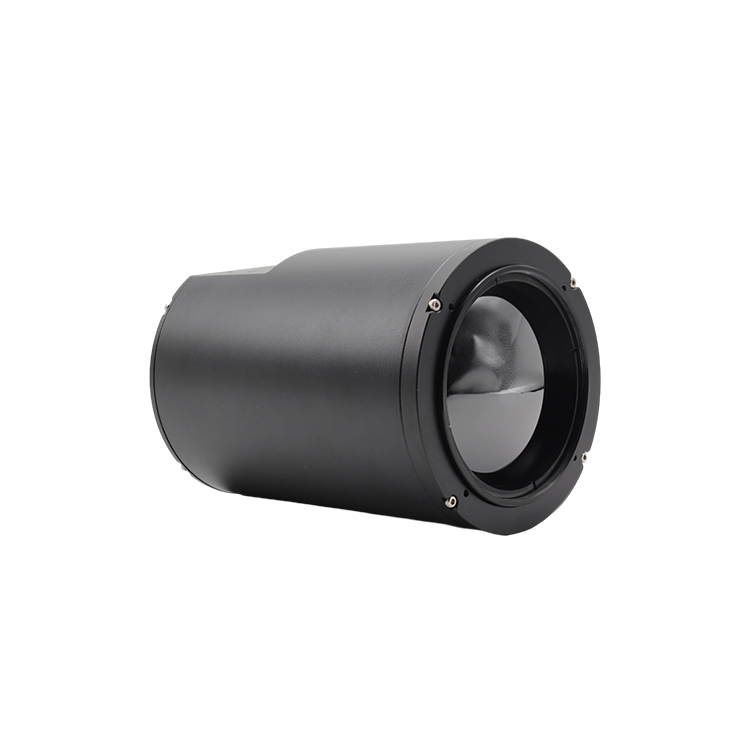


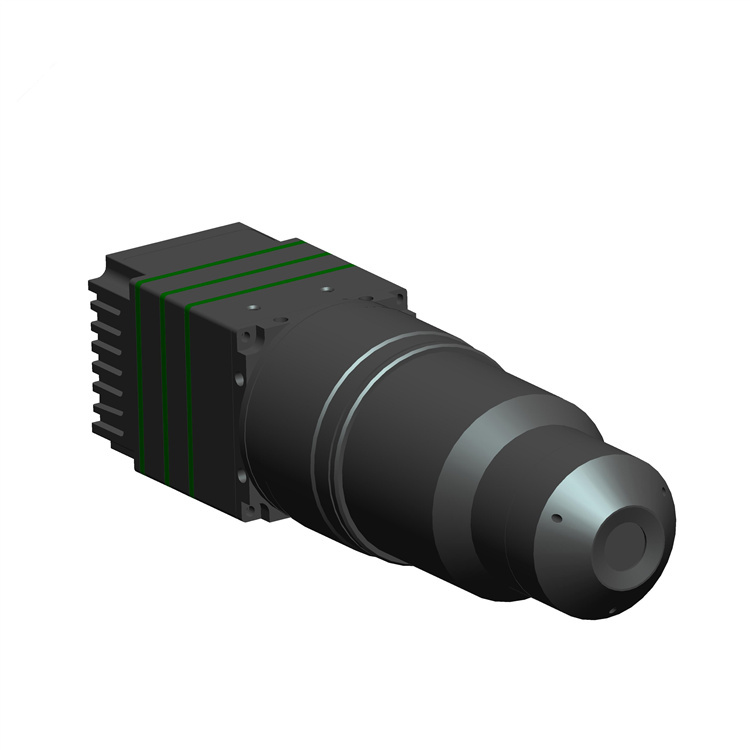

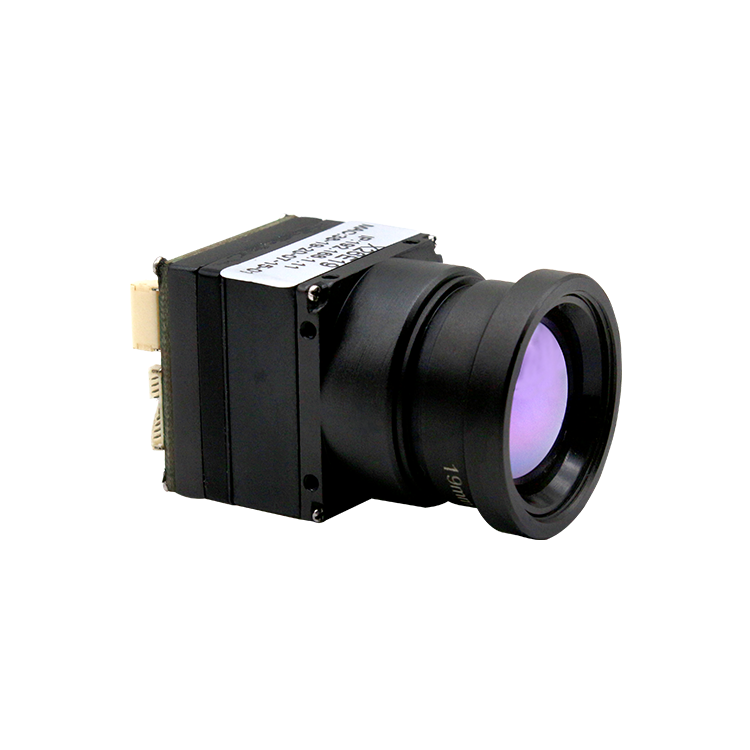
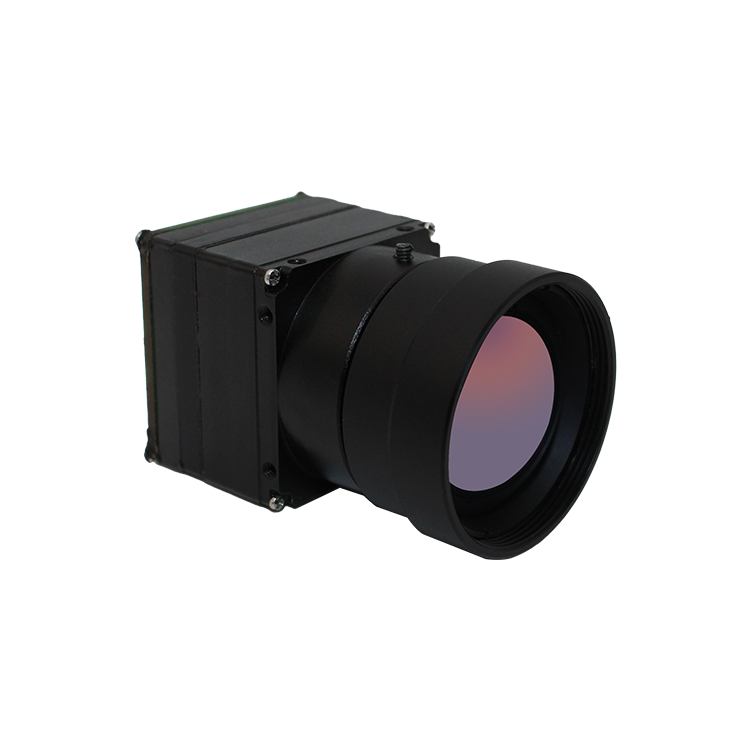
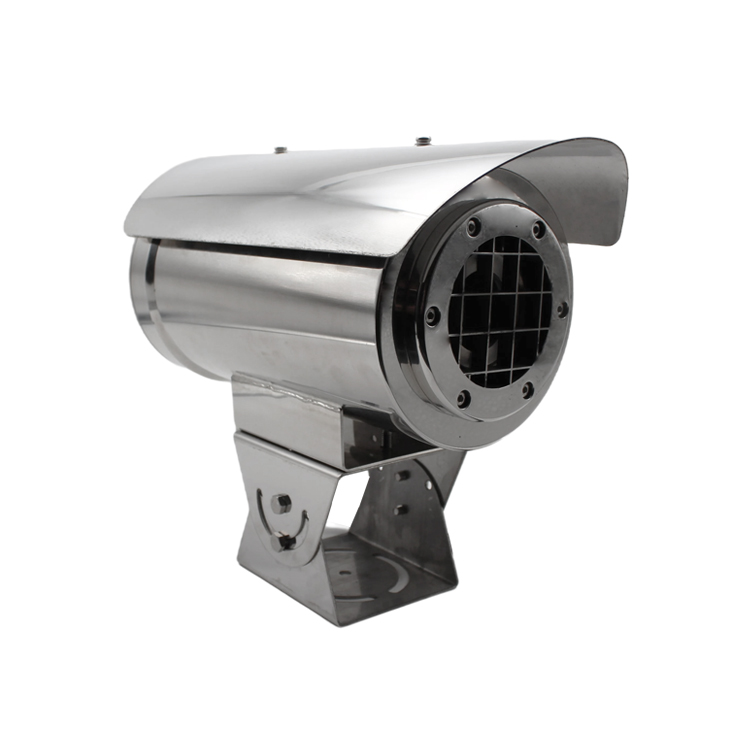
-1.jpg)
